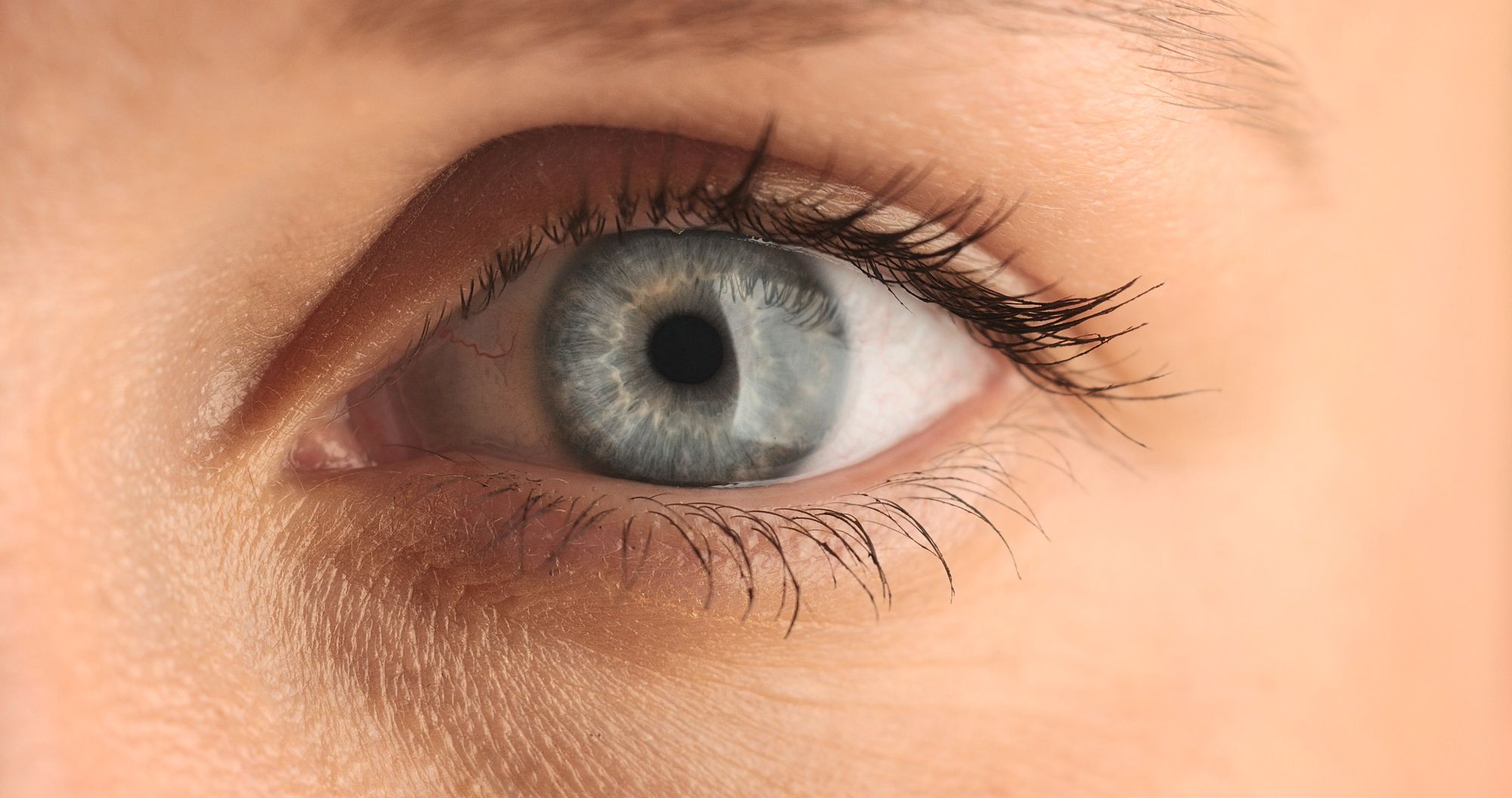
Thyroid Examination
The thyroid gland examination or thyroid status examination involves both a peripheral examination of the patient as well as the examination of their thyroid gland. It is important to know signs and symptoms of hypothyroid and hyperthyroid disease. The ability to assess these in a systematic and slick manner is an important skill to learn for your OSCE exams.
Introduction
- Wash hands
Wash your hands using the Ayliffe technique
2. Introduce yourself
Introduce yourself and give your name and grade
3. Check patient details
Clarify patient's identity by confirming name and asking for their DOB
4. Describe examination
Explain what examination you are performing and what it involves
5. Gain verbal consent
6. Offer a chaperone
Ask if they would like a chaperone
Peripheral Examination
- Positioning patient at 45 deg
Lie the patient at 45 degrees and leave them covered
2. End of bed inspection
Inspect the patient from the end of the best and look for the following:
- Patient - Note fat distribution - thin (hyperthyroid) or overweight (hypothyroid), obvious exophthalmos (hyperthyroid), periorbital myxoedema (hypothyroid)
3. Inspect the hands
Inspect the hands and check for stigmata of chronic GI disease
Skin
Hyperthyroid
- Smooth, moist warm skin
- flushed hands
- Urticaria
- Vitiligo (Graves disease)
Hypothyroid
- Cold, dry skin
- carotenaemia (yellow tinge to skin)
- eczema craquelé (dermatitis seen in hypothyroidism)
Nails
Hyperthyroid
- Acropachy (nail overgrowth)
- Clubbing
- Onycholysis
Hypothyroid
- Slow growing brittle nails
Tremor
- Resting fine tremor seen in hyperthyroidism
4. Check pulse and respiratory rate
Check the patient's pulse and resp rate. Time for 15 seconds and multiply by 4.
- Tachycardia/tachypnoea (thyrotoxicosis)
- Irregular (AF) - hyperthyroidism
5. Inspect the face
Next, inspect their eyes and mouth for the following.
Eyes

- Thyroid eye disease (Graves disease)
- Exophthalmos (hyperthyroidism)
- Lid lag (Hyperthyroidism)
- Conjunctival injection (Hyperthyroidism)
- Exposure keratopathy (hyperthyroidism)
- Periorbital myxoedema (hypothyroidism)
Mouth
Large tongue (hypothyroidism)
Hair
- Smooth hair/ thin (hyperthyroid)
- Coarse hair/comes out in clumps (hypothyroid)
6. Inspect the legs
Check for pretibial myxoedema (seen in hyperthyroidism).
Neck examination

Shape
- Any obvious goitre in the neck that is visible (single nodule or multinodular)
Scar
- Any signs of a previous thyroidectomy
- Ask patient to stick their tongue out (thyroglossal cyst will move up)
- Ask the patient to swallow some water (thyroid gland/thyroglossal cyst will move up)
2. Palpation of the neck
Explain to the patient you will be standing behind them to feel their neck. Palpate for a mass and note the following
- Size?
- Location?
- Tender or not? (Tender - more likely benign, non-tender - more likely malignant)
- Mobile or not? (Mobile - more likely benign, non-mobile - more likely malignant)
- Consistency? (Soft and smooth - more likely benign, hard and craggy - more likely malignant)
- Transilluminates? (fluid filled)
- Pulsatile? (pulsatile mass likely to be an artery ?aneurysm)
- Goitre - Palpate for a goitre and note its consistency and if there are any nodules
- Ask the patient to sip some water and swallow - does the lump move up? (A thyroid mass will move up)
- Check for any lymphadenopathy
3. Percussion of the sternum
Percuss down the sternum to hear for any dullness (this may signify a retrosternal goitre)
4. Auscultation of the neck
Auscultate the neck to hear for any bruits - turbulent blood flow through the thyroid gland.
End of examination
- Thank patient
Let the patient know you have finished examining them and thank them for their time. Be courteous and offer them help to get redressed.
2. State what tests you would perform
Explain to the examiner what tests and investigations you would perform
- Check for arrhythmias
- TFT
- Anti TPO antibodies
Doctor Khalid Newsletter
Join the newsletter to receive the latest updates in your inbox.




